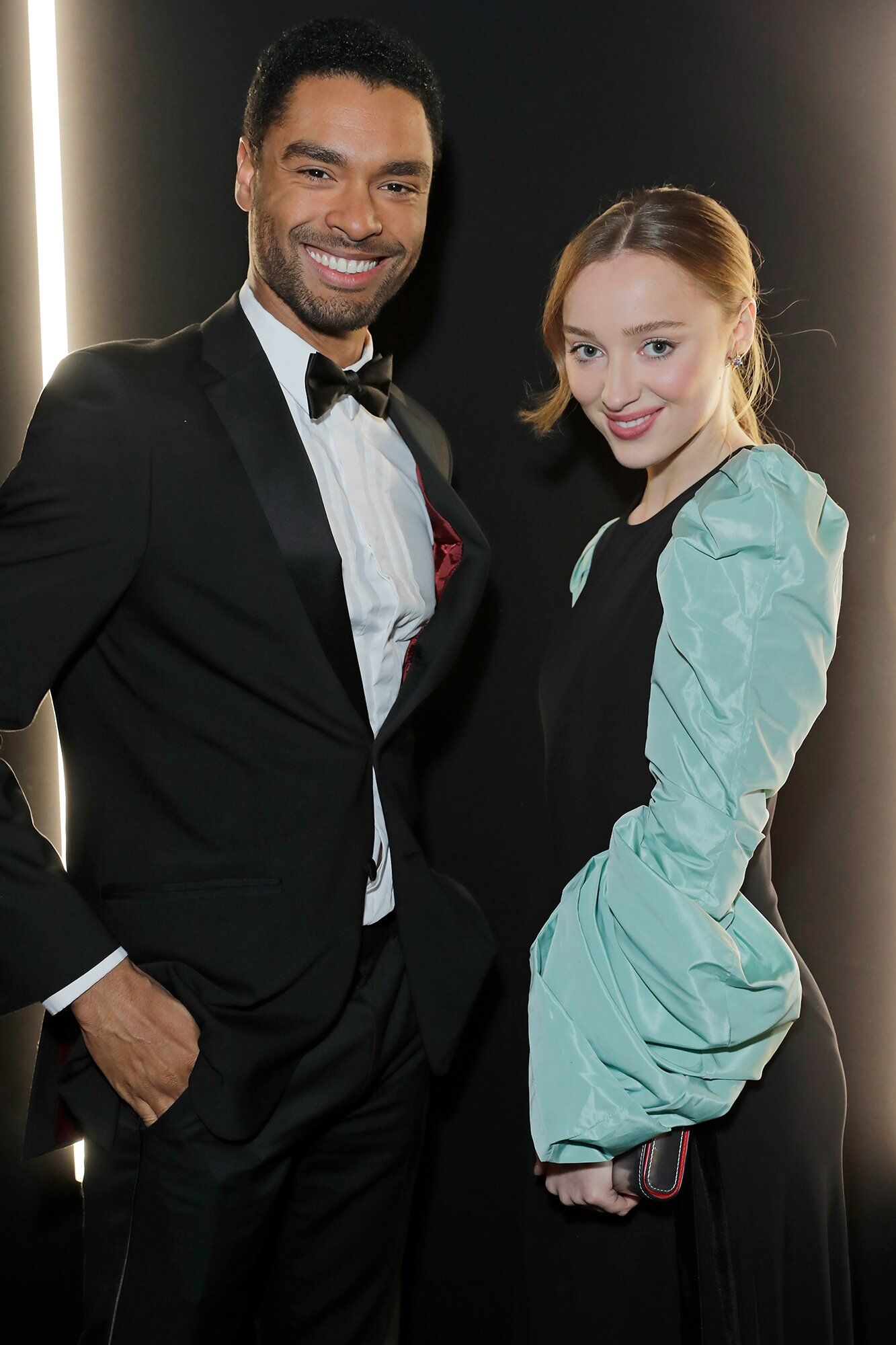“Bridgerton” has its flaws, but nothing can be perfect
By Mead Gill, Copy & Online Editor
The newest Netflix sensation “Bridgerton,” based on Julia Quinn’s historical romance novels, has captured the hearts of Netflix subscribers around the world. In its first 28 days, “Bridgerton” lit up the screens in 82 million households, making it the most watched original Netflix series in history. But does the show truly live up to its hype, or has it been streamed 82 million times too many?
The central plot line follows Daphne Bridgerton, an aristocratic young woman on the hunt for a suitable husband. After her brother deems all men unsuitable for his sister, Bridgerton struggles to find a man interested in her. She then strikes a deal with the Duke of Hastings, and the two enter a fake courtship in order to attract a jealous suitor. As fans of romantic comedy may have predicted, the couple falls madly in love. The fake-relationship trope, though one of the most overused plot lines in all of rom-com, makes for quality entertainment. Luckily, what “Bridgerton” lacks in an original plot is more than made up for in entertainment value.

Like many period pieces, the show’s costume design and aesthetic is a major part of the appeal. The dazzling gowns of Queen Charlotte and the vibrant floral dress patterns worn by many are deeply mesmerizing and difficult to look away from. Though the wardrobe lacks historical accuracy, “Bridgerton” is already a modern adaptation, so bending the rules should not be overly criticized.
Historical accuracy was also altered when it came to casting and racial inclusion. Fortunately, the cast of “Bridgerton” includes a number of major African-American characters as members of upper class society, which is obviously not representative of true nineteenth century England. But with a high number of Black and white cast members, there came a lack of representation of just about every other race and ethnicity. It seems that if the casting crew of “Bridgerton” had truly decided to veer away from historical accuracy, they might as well have cast a heavily diverse group of actors, yet this was not the case. It is important to recognize the lack of racial representation, and expect more from major TV shows and films. With that said, the issue should not force fans of the show to change their opinions completely.
Through its somewhat romantic lighthearted storyline, many are critical of the show’s handling of sexual assault, rape, and unhealthy relationships. The infamous sex scene in which Bridgerton purposely forces her husband, the Duke, to impregnate her without his consent came with polarizing reactions from viewers. Though the scene is heavily dramaticized, it is important to note that the show is in no way endorsing such actions. It may be difficult for some to watch, but the feelings of anger, confusion, and hatred may be the mark of a well-told story. If the media never presented the public with such important issues, societal awareness of these issues may be nowhere near what it is today.
But with all its problems and controversies, “Bridgerton” has a strong enough foundation and character development to make it worth watching. The drama-induced gossip column written by the mysterious Lady Whistledown keeps viewers on their toes, as well as the wholesome friendship between Penelope Featherington and Eloise Bridgerton. Overall, “Bridgeton” is jam-packed with a compelling story line, charming characters, and a jaw-dropping aesthetic that keep the show’s problematic details from completely ruining the enjoyment factor.
Rating: 7.5/10
